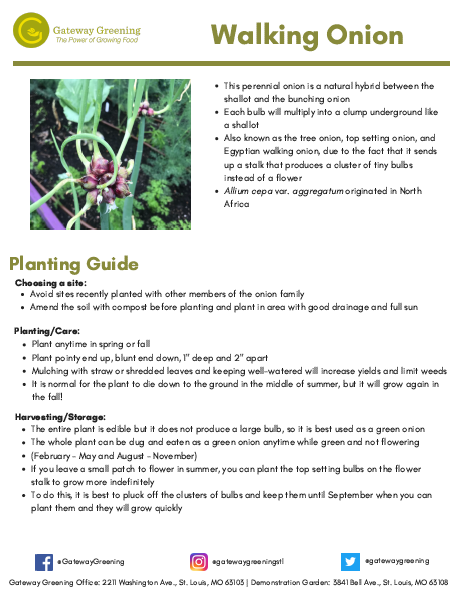Hello my name is Kortez Nobles. This is my second week working with Gateway Greening and I’m highly enjoying it. Gateway Greening is very passionate about gardening and maintaining to keep our community safe. Gateway Greening educates and empowers people to strengthen their communities through gardening and urban agriculture. Everyday I come to work it motivates me to strive for my best because I like to see a beautiful garden growing. I love working with the kids in the gardens and seeing them laugh, have fun, and so energetic about the garden.
I’ve had some great experiences over the past week. When I first started working I was thinking like “I don’t like this job, I don’t want to work with dirt.” Then it turned out different. I met new people. I’ve had chances to communicate with some of my coworkers. They’re pretty cool. I talked with kids. They were very energetic about learning how to plant strawberries. We’ve had activities and I’ve enjoyed playing with them. My favorite activity was the scavenger hunt. I thought it was exciting. I believe I have more experience within this week than I’ve ever had about plants and gardening. I can identify some plants we’ve been growing in the garden.

Over all I’m having fun with Gateway Greening. I haven’t had any bad experiences. I plan on learning more about plants and gardening. As a personal opinion, I think everyone should have a garden to support Gateway Greening in building a safe community.
-Kortez Nobles



 After many weeks of watering and impatient waiting, they exploded into giant lettuce plants the size of elephant ears. We had an exuberant harvest.
After many weeks of watering and impatient waiting, they exploded into giant lettuce plants the size of elephant ears. We had an exuberant harvest.
















